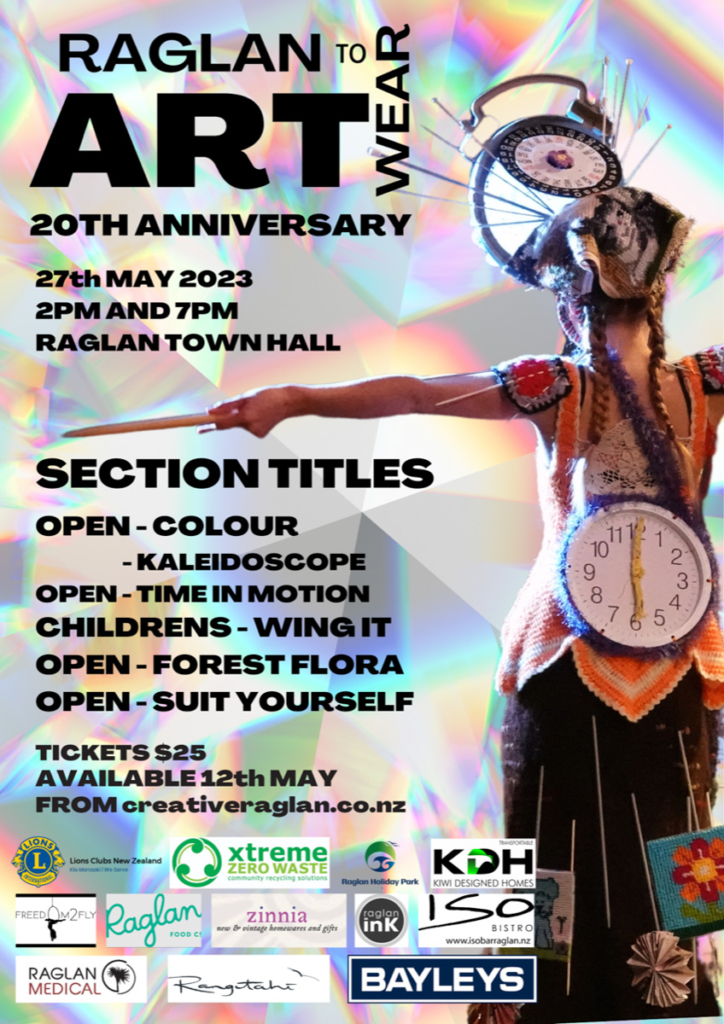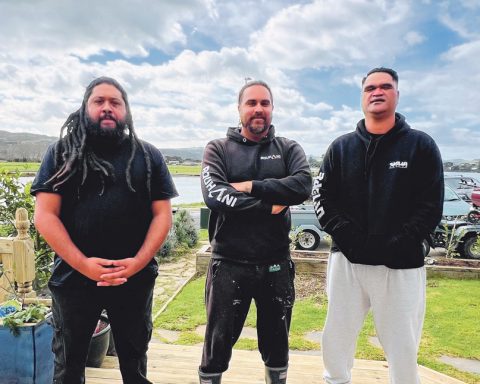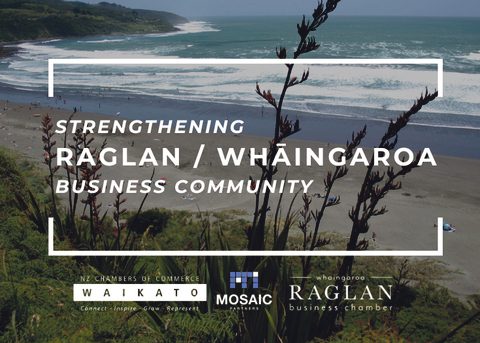Mexican-born, Xavier De La Cueva Meade, a retired Wintec Mediarts lecturer, and longtime Raglan resident, will again be exhibiting his Aotearoa Liberators posters at the Raglan Museum.
I was interested to know what motivated Xavier to commission these beautiful posters.
Around 2005 he met Cuban Cuqui (Nilda Blanco) a fellow Latin American who was teaching at the Waikato University, and they became good friends.
She spoke of the printers at the ICAIC legendary print shop in Havana, Cuba, where she had worked in an administrative position while they were printing the seminal posters of the Cuban revolution, since 1959. At the time Xavier visited in 2006 they were short of work and the USA embargo often made it difficult to get the necessary materials to complete their print commissions.
In his younger days, one of Xavier’s first jobs in Mexico was with the Cineteca Nacional (the Mexican Film Commission), where he was designing and producing their magazine, CINE. He developed a real love for the posters designed for locally-made Cuban and International movies, and started a collection.
Cubans love cinema, local and world cinema including Hollywood and they developed a tradition of designing and printing the promotional posters of every movie shown in Cuba. They did not use the original designs that the rest of the world used and they did some classic reinterpretations.
The Cuban poster styles were heavily influenced by Russian posters designed to promote communism in the early 20th century and by Polish cultural designs (theatre, cinema, concerts, circus, etc).
Xavier comments that “posters are not highbrow; everyone and anyone can relate to them. They’re a good medium to use to disseminate information and send messages”.
An invitation to present papers at the Design Institute in Havana in 2006 allowed him to visit these renowned printers.
Following this, he invited “artist amigos” from Aotearoa to design a poster and write a text about a liberator/activist from these islands, whose work resonates personally with them.
That turned out to be the easier part of the process. Conditions at the print shop were basic and they had no computers, so much of the planning took place via dodgy telephone connections.
Having sent the artwork ahead, they then languished in the Cuban customs office for 2 months! Paper and ink shortages slowed progress further but by the time Xavier and partner, Carolyna arrived in Havana, all, apart from the “elephant poster” had been completed. Xavier was bemused, knowing that no elephant poster had been submitted. It was Nicola Farquhar’s poster on conservationist, Richard Henry, depicting threatened birds! She had requested transparent inks be used but the printers had never heard of these! Then he and Carolyna helped number the 50 series of 12 posters, fueled by “Baby’s” strong, sweet Cuban coffee.
The posters had their first showing at ISDI’s Forma 2007 Open Day to coincide with the World Design Congress organized by the International Council of Graphic Design Associations. The Aotearoa Liberators exhibited alongside posters shown from over 30 countries. Then on to Merida and Oaxaca (“a very exciting city for graphics”) in Mexico. Finally, the exhibition was mounted at Wintec in Ramp Gallery in 2007 and then in Christchurch, Waikato Museum, Waikato University, Waiheke Red Shed, Parihaka International Peace Festival and the Te Ao Marama festival, Whaingaroa. The collection is now in many National and International institutions and has also been exhibited in the USA, Croatia, Spain, Scotland and Denmark.
The Aotearoa Liberators posters feature well-known artists honouring other artists, political activists, poets and conservationists. For example, artist, educational innovator, and local identity, the late Katerina Mataira chose a friend from her teacher-training days, artist Ralph Hotere. In her accompanying story Katerina explains the thinking behind Ralph’s powerful work.
One of the posters that might be familiar to Raglan locals is the one which depicts Eva Rickard, designed by Raglanite, Jenny Rhodes.
Apart from their visual beauty, the accompanying texts in Spanish, Te Reo and English are informative and absorbing.
The exhibition will be mounted in the central gallery of the Raglan Museum, allowing visitors “to move seamlessly between them, as though they are reading a large book” (to quote Xavier).
Plans are afoot for Xavier to offer a couple of lectures over the next few months, for those interested in learning more about this fascinating art form.
The catalogue containing the full texts as well as an informative essayby Jon Bywater, will be for sale. Some sets of the 12 posters are also available.











